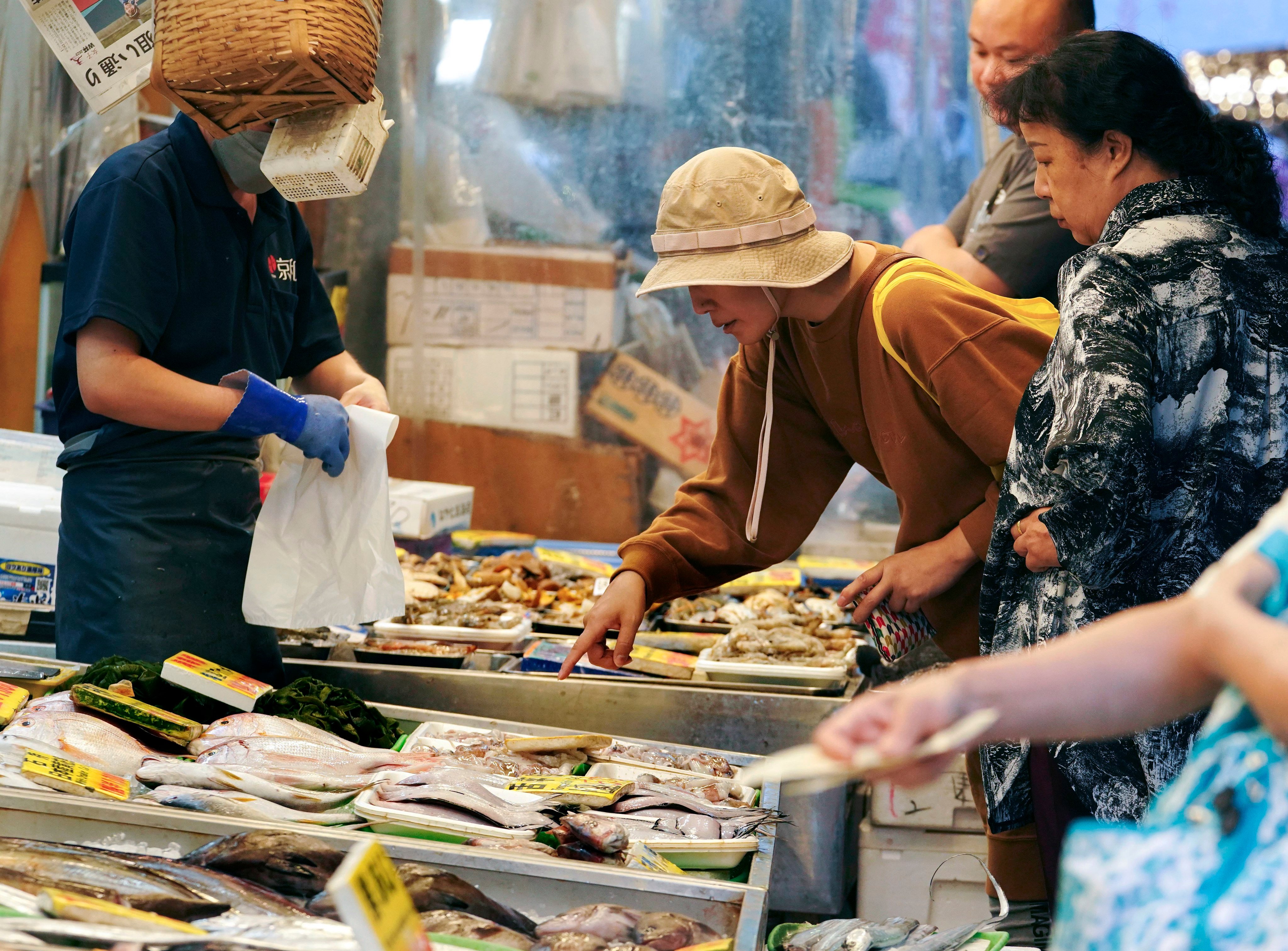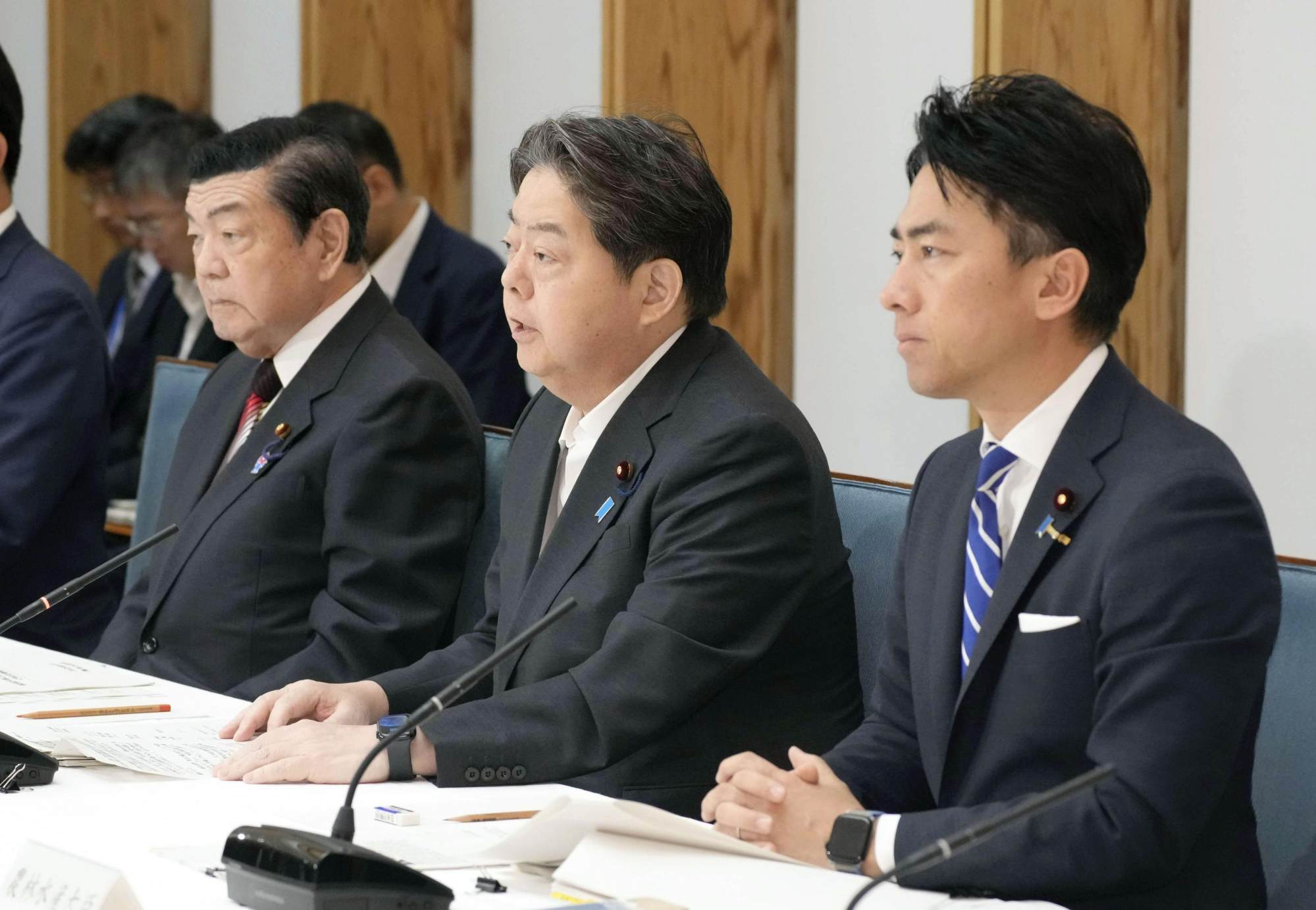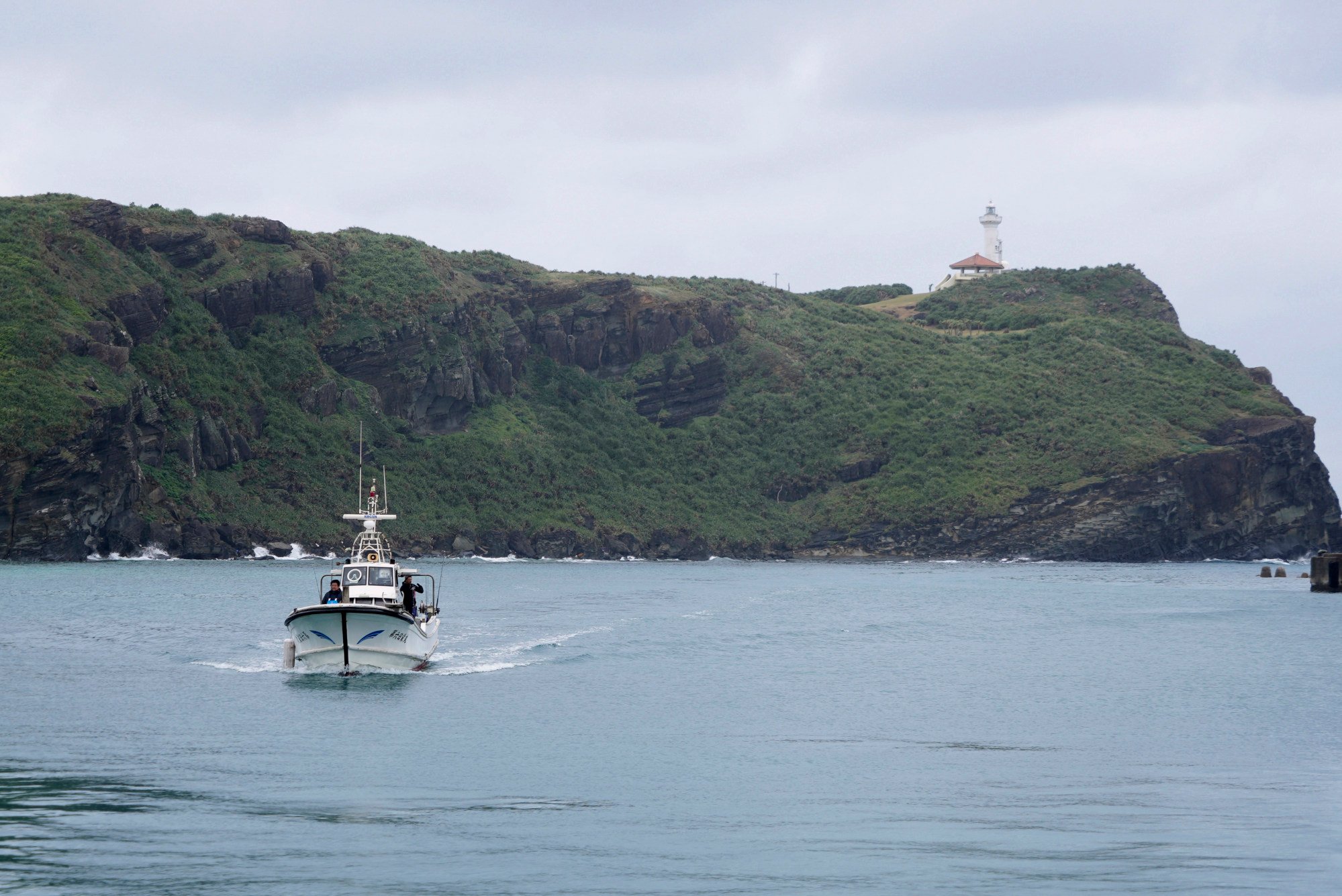China’s overtures a ‘pointed signal’ to stabilise ties with Japan: analysts
Beijing has recently removed controversial maritime buoys, eased a politically charged seafood import ban and appeared to temper its rhetoric

China has made a string of subtle yet telling overtures towards Japan in recent weeks – from removing controversial maritime buoys to easing a politically charged seafood import ban – in what observers see as a tactical recalibration rather than a true reset in bilateral ties.
On Thursday, Japan’s government confirmed that China had dismantled the second of two oceanographic buoys it had installed without Tokyo’s consent within Japan’s exclusive economic zone near Okinawa.
The following day, it was announced that the two governments had reached an agreement on procedures to resume exports of seafood products from most of Japan to China, 22 months after Beijing imposed a blanket ban on imports in response to Japan starting to release treated water from the Fukushima nuclear power plant into the Pacific Ocean.
China also appeared to temper its rhetoric during President Xi Jinping’s summit with Russian counterpart Vladimir Putin earlier this month. A joint statement issued on May 8 emphasised expanded military cooperation, including regular joint air and sea patrols, but omitted a reference to securing “Northeast Asia” – reportedly at Beijing’s request – to avoid provoking Tokyo.

“I see this as China sending a pointed signal to Tokyo that it wants to stabilise the relationship, for a couple of reasons,” said Masayuki Masuda, director of Chinese studies at the Ministry of Defence’s National Institute for Defence Studies in Tokyo.
“First, Beijing is involved in negotiations about tariffs with the United States and we do not know how that will turn out, but China is not necessarily in a strong position in those talks,” he told This Week in Asia.
“And second, China believes that this US government will not necessarily follow the alliance strategy of previous administrations in the Indo-Pacific region and elsewhere, meaning that they might be able to take advantage of any gaps in the security relationship between Tokyo and Washington,” Masuda said.
Any differences of opinion on security issues between the US and its allies could be exploited by China with the overall aim of weakening Washington’s power in the region, he added.
Beijing’s manoeuvres come as US Secretary of Defence Pete Hegseth is in Singapore for the three-day Shangri-La Dialogue that began on Friday, with the key aim of convincing regional allies of Washington’s ongoing commitment to the region.
“I expect Hegseth to talk to his counterparts about the importance of strong alliances in the Pacific and he can point to the three-way alliance of the US, Japan and the Philippines as a good example of that,” Masuda said. “But that is exactly the sort of alliance that China does not want to see either expanding or becoming stronger.”
While some believe more conciliatory steps from Beijing could follow – including the release of Japanese businessmen jailed on espionage charges or expanded trade and cultural exchanges – others warn against over-interpreting the recent developments.
Tokyo has repeatedly urged China to lift its blanket ban on Japanese seafood imports, and appears to have persuaded Beijing of the safety of the Fukushima plant’s treated water discharge since Chinese inspectors began monitoring the site. Even so, maritime products from Fukushima and nine other disaster-affected prefectures remain excluded from the new agreement.

Masuda also suggests that removing the two buoys from Japanese waters in the East China Sea – one south of Yonaguni island in the far southwest of Okinawa prefecture and the other some 80km northwest of the disputed Diaoyu Islands, which Japan controls and refers to as the Senkakus – may be less of a concession than some believe.
“The buoys were installed to gather information on undersea conditions in those areas and I believe they were removed because they have completed their research activities,” Masuda said.
The devices were about 5 metres in diameter and bore the words “China ocean observation”, although analysts believe they could be used to monitor ocean depths, currents and temperatures, critical to the operations of submarines within the chain of islands that hem the Chinese navy into its own coastal waters.
Beijing will also be aware that it cannot make too many sweeping concessions to Japan in a year that marks the 80th anniversary of the end of World War II and the conclusion of Japan’s occupation of large parts of China, according to Masuda.
“China’s leaders are caught between external signalling and their domestic audience and in this anniversary year they cannot be seen to be too friendly to Japan because it could trigger a negative response at home,” he said. “I see these changes as tactical, minor and likely to be short-lived.”
Beijing’s underlying hostility remained, he suggested, as there had been no reduction in the presence of Chinese coastguard vessels in Japan’s territorial waters around the disputed Diaoyu Islands and, indeed, air and sea activity appeared to be escalating.